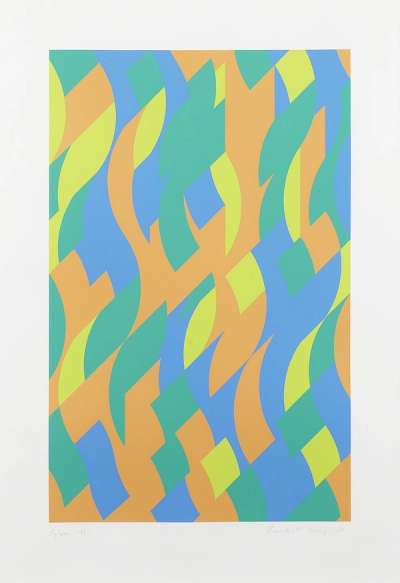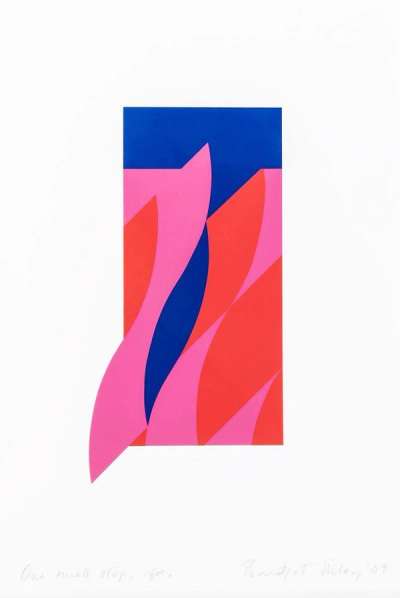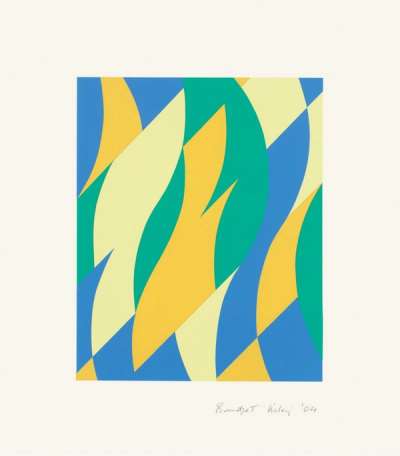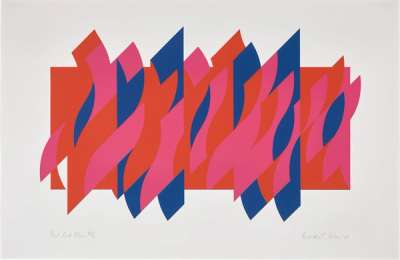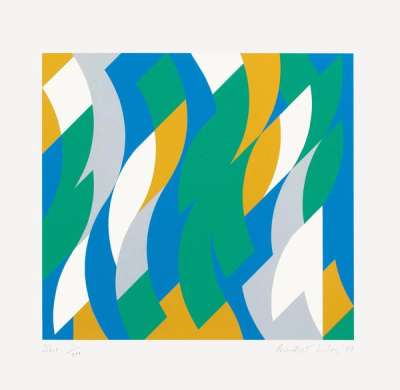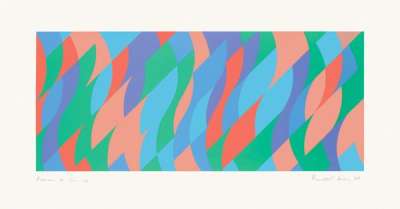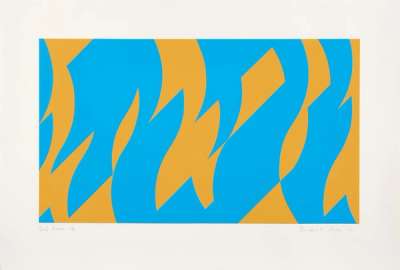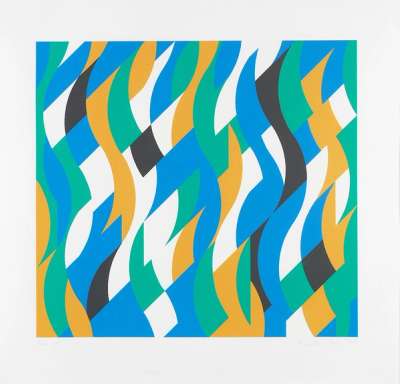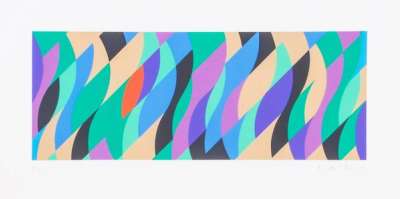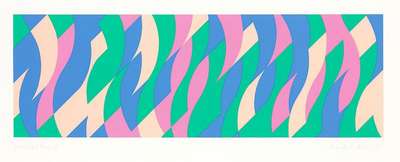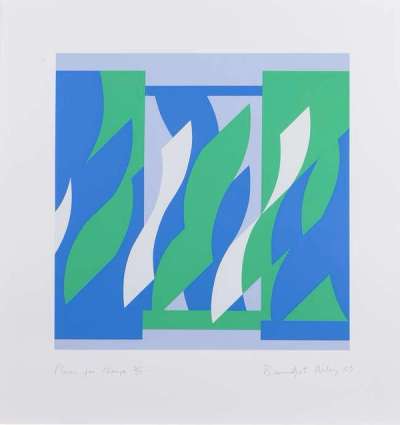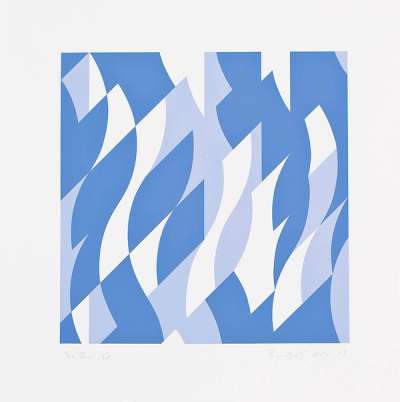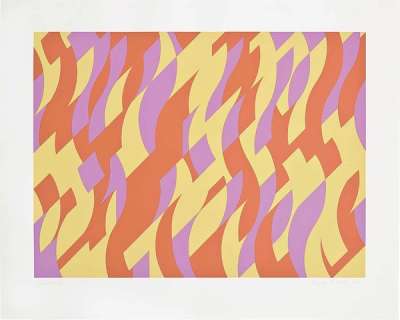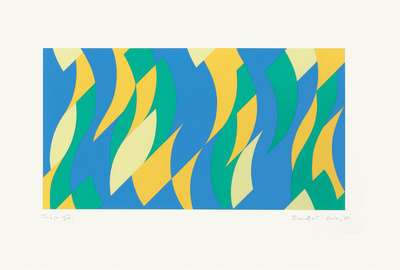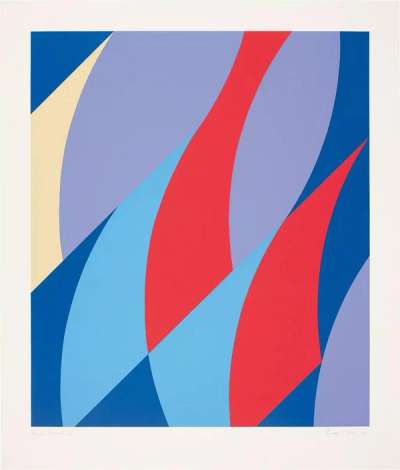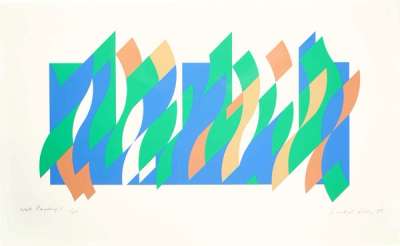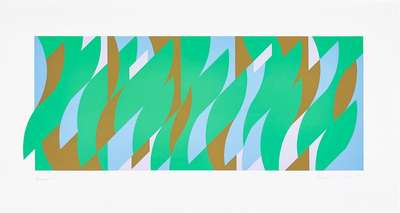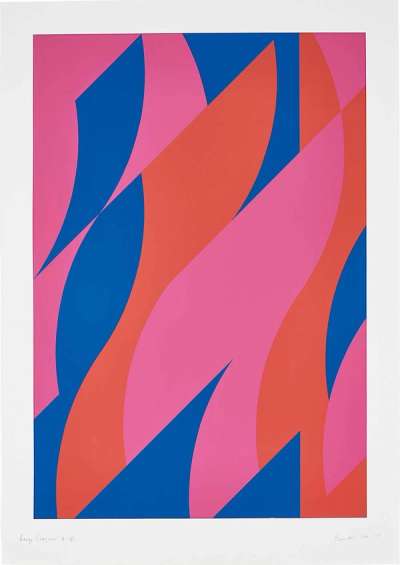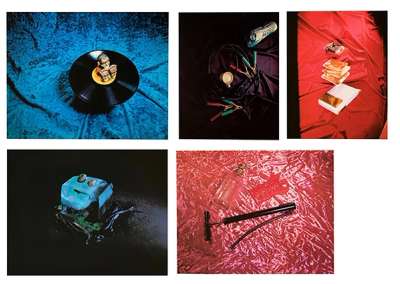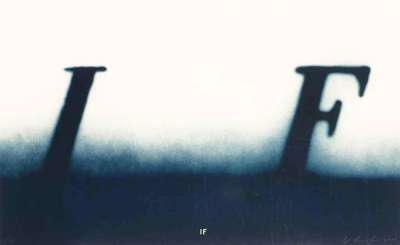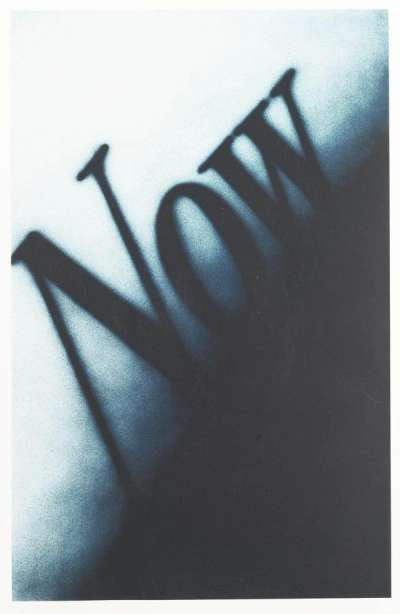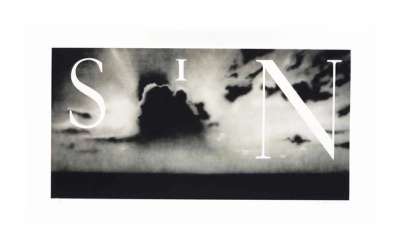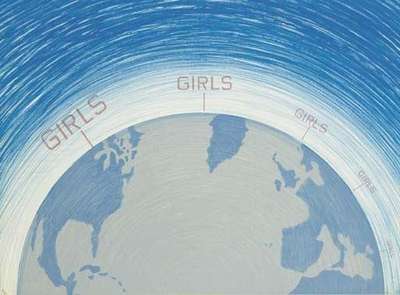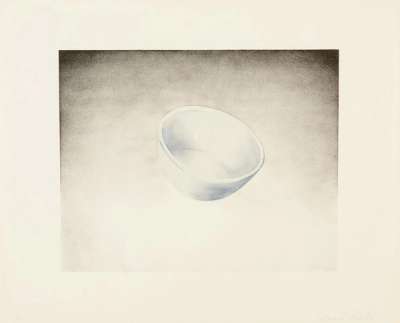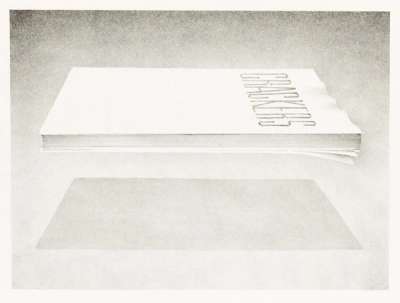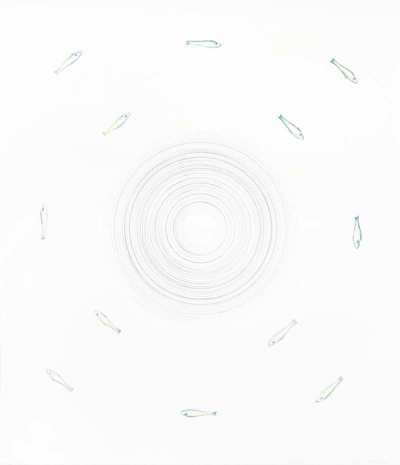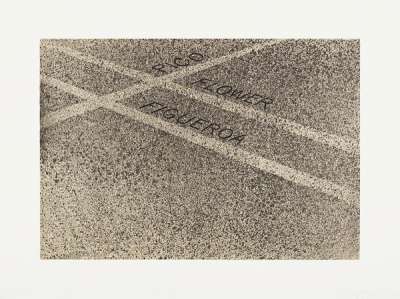
About Lilac

About Lilac
Signed Print
Bridget Riley
£4,300-£6,500Value Indicator
$8,500-$13,000 Value Indicator
$7,500-$11,500 Value Indicator
¥40,000-¥60,000 Value Indicator
€5,000-€8,000 Value Indicator
$40,000-$60,000 Value Indicator
¥820,000-¥1,240,000 Value Indicator
$5,500-$8,000 Value Indicator
AAGR (5 years) This estimate blends recent public auction records with our own private sale data and network demand.
There aren't enough data points on this work for a comprehensive result. Please speak to a specialist by making an enquiry.
Medium: Screenprint
Edition size: 75
Year: 2007
Size: H 32cm x W 65cm
Signed: Yes
Format: Signed Print
TradingFloor
Track this artwork in realtime
Watch artwork, manage valuations, track your portfolio and return against your collection
Track auction value trend
Auction Results
| Auction Date | Auction House | Location | Hammer Price | Return to Seller | Buyer Paid |
|---|---|---|---|---|---|
| January 2025 | Phillips London | United Kingdom | |||
| December 2024 | Bonhams New Bond Street | United Kingdom | |||
| September 2024 | Tate Ward Auctions | United Kingdom | |||
| September 2024 | Bonhams New Bond Street | United Kingdom | |||
| May 2024 | Bonhams New Bond Street | United Kingdom | |||
| March 2024 | Forum Auctions London | United Kingdom | |||
| March 2022 | Sotheby's London | United Kingdom |
Meaning & Analysis
About Lilac, executed in 2007 and released in an edition of 75, is composed of serpentine forms that swoop across the canvas in green, lilac and red. The curved forms are visually unhinged from their substructure, creating a figure and ground juxtaposition.
In an interview, Riley once justified her use of the curved form by saying: “one cannot tackle the instability and infinite variety of colour relationships without relying on some sort of formal backbone.” “By using twisted curves” Riley states, “I could bunch up colour sensations in a way that went further than the lateral groupings. When colours are twisted along the rise and fall of a curve their juxtapositions change continually”. Therefore, the curvilinear forms present in About Lilac, and that underpin the entire Lozenges series, are a formal progression from the stripe of Riley’s earlier works and enable a greater depth of interaction and exploration into varying colour combinations.
Bridget Riley, a leading figure in the British Op-Art movement, has captivated audiences with her abstract paintings and prints that challenge visual perception. Born in London, 1931, Riley’s artistic journey evolved from semi-Impressionist beginnings to geometric mastery, significantly influencing modern art. Her groundbreaking artworks, from Movement In Squares to the vibrant Stripes series, explore optical phenomena and colour dynamics, creating mesmerising, dizzying effects. With a prolific career spanning over seven decades, Riley’s innovative designs and perceptual disruptions continue to shape contemporary British art, solidifying her enduring influence in the realm of abstract and modern art.

